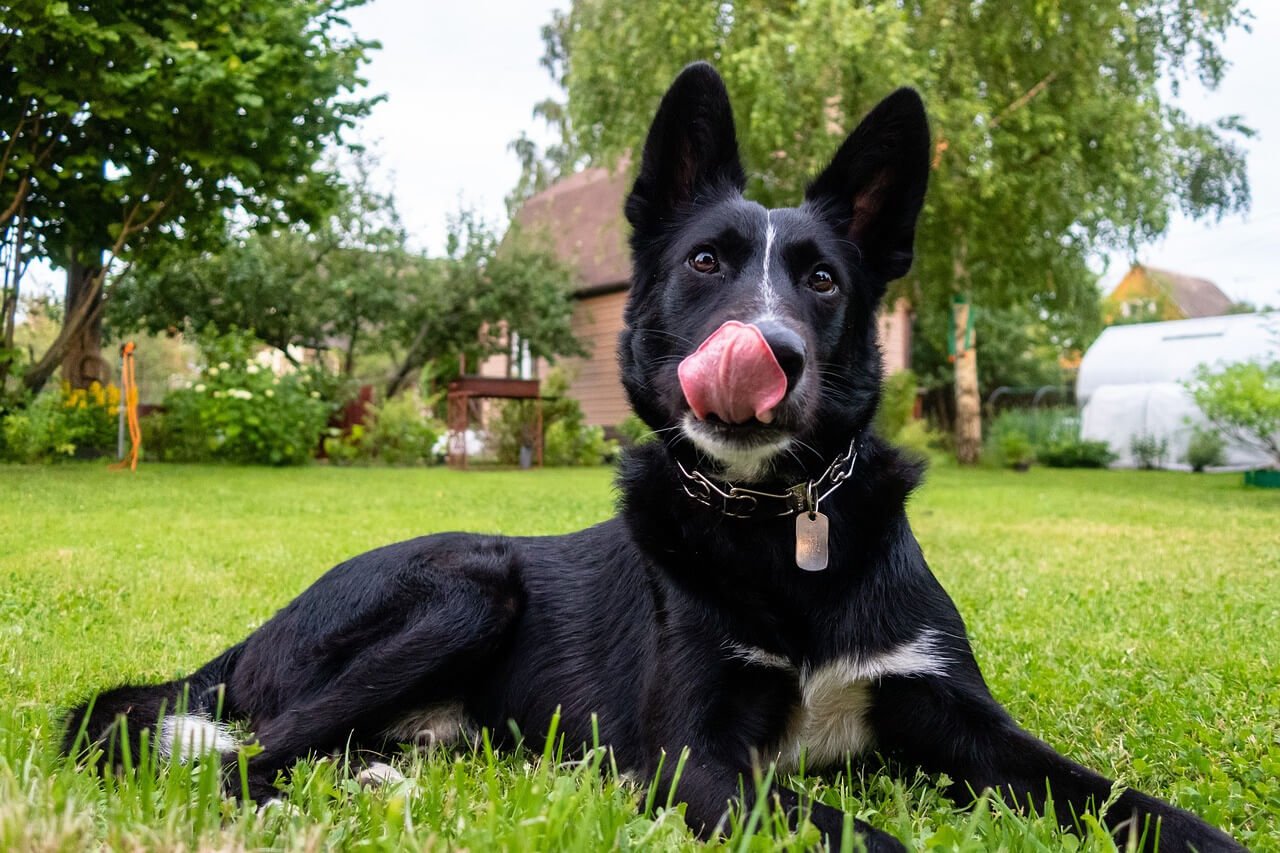Ah, the joy of swimming! It's not just for you and me, but for our furry friends too. Imagine this—you're lounging on a sunny day at the beach or by the pool, and your four-legged companion is right there with you, splashing & enjoying the water. Over many years as a veterinarian, I've seen countless dogs revel in the sheer delight of water. But, just like us, some dogs are natural swimmers, while others might need a bit of coaching.
So, if you're scratching your head, wondering how to get your canine buddy into the swim of things, you're in the right place. This guide is gonna walk you through the steps to make sure your dog becomes a confident swimmer.
Preparing for the Swim
Before your pup dives into water - it's crucial to understand your dog's natural inclinations, dog body language, and get them both mentally & physically ready for the experience. Trust me, a little prep work can make the difference between a dog that's scared of the water and one that can't wait to jump in.
Understanding Your Dog's Breed and Natural Affinity to Water
Some breeds are just born to swim. Take the Labrador Retriever or the Portuguese Water Dog, for example. These dogs were bred for jobs in and around water, so they're like fish out of water—only in reverse! But then, you've got breeds that might not be so keen on swimming, all because of how they're built or what they were bred for. Interestingly, the question "Why do dogs sleep so much?" could also be related to a dog's breed and natural inclinations, which can extend beyond just their affinity for water.
- Differentiating between water breeds & non-water breeds: Breeds like the Golden Retriever or the Chesapeake Bay Retriever are born to swim. They were developed to fetch water birds for hunters, so the water's their playground. But then you've got breeds like the Bulldog or the Dachshund, and let's just say, swimming's not really their thing. According to ASPCA, Pugs being brachycephalic dogs struggle with swimming.
- Recognizing individual dog's comfort & fear levels: Look, every dog's a unique snowflake, even within the same breed. You might have a Lab that's a bit hesitant about getting wet, and that's okay. The key is to recognize and respect these individual quirks.
Essential Equipment for a Safe Swim
Safety first! Whenever I advise pet owners about introducing their dogs to water, I always emphasize the importance of the right equipment.
The role of a well-fitted canine life vest: Even if your dog's a natural swimmer, a dog life jacket is crucial, especially during those initial stages. It provides buoyancy & ensures your furry friend stays afloat.
Toys and treats as motivational tools: Remember the first time someone coaxed you into the pool with the promise of a treat? Your dog isn't much different! Toys & treats can act as excellent motivators and rewards for them.
Importance of familiarizing your dog with the equipment: Before you both head to the water, let your dog sniff & get acquainted with the dog chew toys and life vest. This familiarity can reduce their anxiety.
Setting the Right Environment
The environment - plays a pivotal role in your dog's first swimming experience. A quiet & controlled setting can make the introduction smoother for both of you.
Avoid crowded beaches or pools. The fewer the distractions, the better for your dog. A backyard pool or a calm pond can be ideal for their first lessons. Dogs feel more at ease in familiar settings. If you're using a pool, let your dog play around it for a few days before the actual swim.
Introducing Your Dog to Water
That first splash! It's a moment you'll never forget, and it's crucial to make it a positive experience for your dog. It sets the tone for all your future water adventures together.
Starting with Baby Steps
So, you're probably wondering where to start, right? Well, baby steps are the way to go. Just like you wouldn't toss a kid into the deep end on their first swim lesson, the same rule applies to your furry friend. Encourage your dog to enter the water voluntarily. Don't even think about forcing or throwing them in. Lead them in gently, making sure only their paws & a bit of their legs get wet. Let them splash around a bit, and get a feel for it.
Building Confidence Through Positive Reinforcement
Positive reinforcement is the golden ticket. Celebrate every tiny win, from their first timid step into the water to the moment they're paddling with all four legs. Gradual exposure to deeper waters is next. Once you see your dog comfy in the shallow end, encourage them to go a bit deeper. But, always be right there beside them.
Progressing to Deeper Waters
As your dog gets more confident, you can start introducing them to deeper waters. Safety first, though. Make sure you're equipped with the right gear. Toys can be a great motivator here. Toss a floating toy a little further out and watch your dog go after it. Just make sure you're right there, ready to give a helping hand if needed.
Mastering the Exit
Now, here's something a lot of folks overlook - teaching their dog how to exit the water safely. It's as important as the swimming itself. Whether you're at a pool or some natural water body, make sure there's a clear & safe exit point. Guide your dog to it a couple of times till they get the hang of it. Every swim session should end with your dog getting out of the water safely, reinforcing that exit strategy.
Safety Tips
Swimming is a blast, isn't it? But, you've got to remember, safety first for you & your furry friend. Being aware of potential hazards makes all the difference. You both can enjoy the water without a care in the world if you're cautious.
Monitoring Water Temperature
In my early years at the clinic, I treated this adorable Dalmatian who'd been exposed to super cold water. Poor thing was shivering like a leaf. It hit me hard, you know? You've got to make sure the water's temperature is just right for your dog. Just like you and I have our comfort zones, so do dogs. They can handle a bit more than us, but still, if your dog's shivering or trying to get out of the water ASAP, that's a red flag right there. Always keep dog clothes in place so they can be used to dry your wet dog.
Ensuring Clean & Safe Water
I can't stress this enough - clean water is a must. Pools are treated with chemicals like chlorine to maintain cleanliness, these can be irritating to a dog's eyes, nose, and skin. Natural water bodies, on the other hand, might contain bacteria, parasites, or other potential hazards. Always ensure the water is safe before letting your dog dive in.
Being Mindful of the Environment
The setting is crucial. Everything from water currents to sun exposure matters for your dog's swimming experience. In natural water bodies, watch out for strong currents. You don't want your dog getting swept away and don't forget about sun protection. Your dog can get sunburned too. Make sure there's some shade where your dog can chill, and maybe even slap on some dog-friendly sunscreen.
Constant Supervision & Security Measures
Even if your dog's an Olympic-level swimmer, never leave them unsupervised. You never know when something unexpected might happen. If you have a pool, think about putting up some barriers or safety nets. It's a good way to make sure your dog doesn't take an unplanned dip when you're not looking.
After all the swimming and playing, you might notice your dog taking long naps. Ever wondered, "Why do dogs sleep so much?" Swimming can be quite the workout for them, leading to a well-deserved rest.
Conclusion
Swimming's not just fun, it's a skill, and it's one that can keep your dog safe. With a little patience, some consistency, and the right techniques, your dog will love the water just like you do. Whether it's a quick splash in the pool or a full-on ocean dive, the joy you'll get from swimming with your dog is like nothing else. So here's to making some splash-tastic memories with your canine buddy. But remember, safety first, always.








